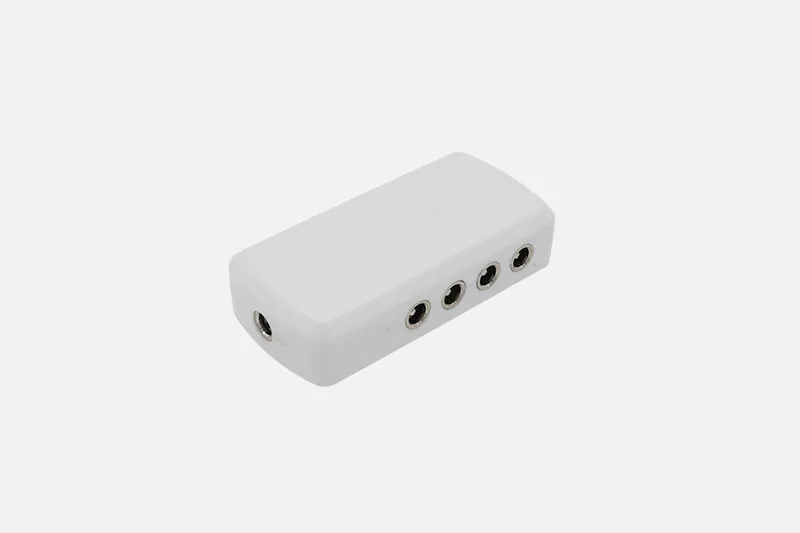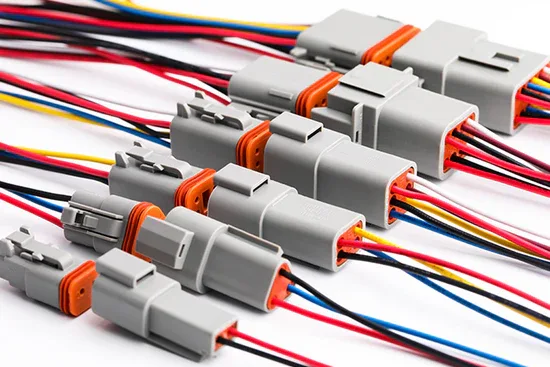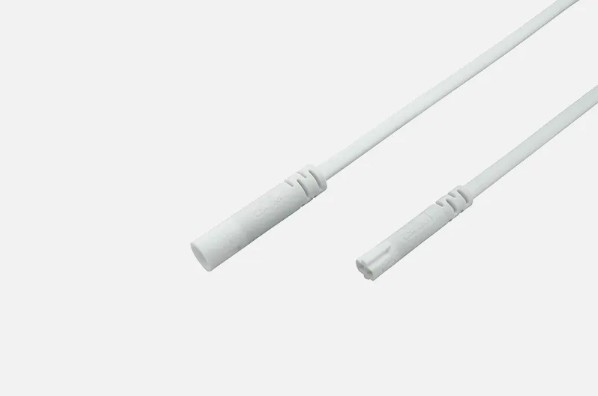Introduction
Selecting the correct pin configuration for your 4-pin LED strip connectors is paramount in high-intensity lighting. LED strip light connectors are crucial in ensuring optimal performance and functionality of your lighting setup. This guide aims to provide insights into choosing the best pin configuration to meet the demands of various high-intensity lighting applications.

Understanding 4-Pin LED Strip Connectors
LED strip connectors come in various forms, but 4-pin connectors are the most commonly used. These connectors typically consist of four pins that facilitate the transmission of power and data signals to the LED strip. Understanding the components and functionalities of these connectors is essential for making informed decisions.
Factors Influencing Pin Configuration Choice
Several factors should be considered when selecting the pin configuration for your LED strip connectors. Voltage and current requirements, RGB color mixing capabilities, compatibility with controllers and power supplies, and environmental considerations such as waterproofing all play significant roles in determining the optimal configuration.
Pin Configuration Options and Their Advantages
Users have a few options regarding pin configuration. Single-ended and double-ended connectors are available, each with its own set of advantages and drawbacks. Additionally, users must decide between different pin configurations, such as 3-channel, 4-channel, and 5-channel setups, each offering unique benefits depending on the specific requirements of the lighting project.
Best Practices for High-Intensity Lighting Applications
Matching the pin configuration to the project requirements is crucial for achieving optimal results. Users should also consider future scalability and flexibility when selecting a pin configuration. Testing and quality assurance measures should be implemented to ensure the reliability and longevity of the LED strip connectors in high-intensity lighting environments.
Case Studies and Examples
Real-world examples of pin configuration choices in different lighting projects can provide valuable insights. Success stories and lessons learned from these case studies can help users make informed decisions when selecting the best pin configuration for their specific applications.
Troubleshooting and FAQs
Addressing common issues and providing solutions to compatibility problems can help users troubleshoot any challenges they may encounter with their LED strip connectors. Frequently asked questions and their answers can provide clarity and guidance to users seeking assistance.
Conclusion
Choosing the correct pin configuration for your 4-pin LED strip connectors is essential for ensuring optimal performance and functionality in high-intensity lighting applications. By understanding the factors influencing pin configuration choice and following best practices, users can select the best connectors to meet their specific project requirements and achieve outstanding results.



